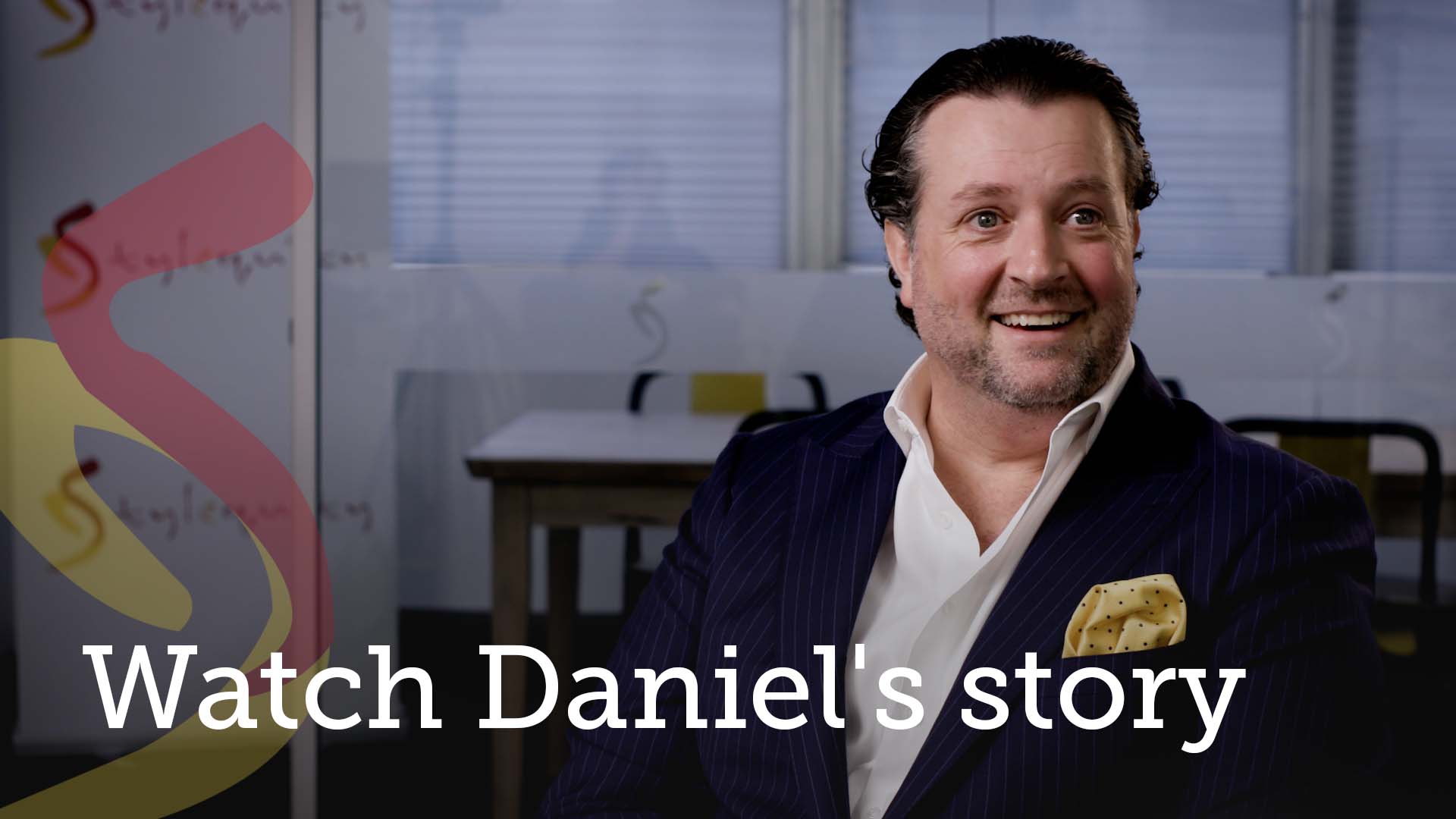“You can’t be everything to everybody, but you can be everything to somebody.”
Trent Shelton

Choosing an ideal client for a professional service firm isn’t an easy feat… Although many business owners see their business as unique, we, at Stylequity see the similarities of businesses, and business owners.
There are a few fundamental truths, common to most businesses and business owners, including making profits, wishing to grow, sticking to core business and providing for the owners’ lifestyle.
Since fundamentally all businesses and business owners are very similar, we might consider every business a potential customer, right?
Well, not so much.
There are two very important elements we consider:
- What is the client looking for? What is the client’s need?
- What is the purpose of engaging with this particular client? What are we going to get out of this engagement?
Client’s perspective
These two elements are indeed, in order of importance. The first one to ask ourselves – are we a good fit? Do we have the knowledge / experience / credibility to serve the client, and take them on the journey with us?
These questions (and their brutally honest answers) are fundamental to client selection!
Stylequity was formed in 2009, and gained 12 years of credibility.
Our leaders and principals have gained tremendous amount of experience prior to forming Stylequity, working on both sides of the equation – having hands–on experience running businesses and business units, and advising and consulting clients. We have been exposed to an incredible variety of businesses, business models, industries and markets.
Although our strengths lie within our broad experience, some clients would prefer advice from people with specific industry knowledge. And that’s ok.
To gain our clients’ trust, we must be very clear and confident in our ability to deliver, and back our confidence with our previous successes.
Stylequity’s perspective
The second element is what we, as Stylequity, are looking for from a client engagement. We consider the following cornerstones for every* potential engagement:
- Ethical fit – are we willing to have our name and reputation associated with this particular business? Our reputation is the only element in our ability to gain clients, and we cannot afford to compromise on it. Under this section, we consider the ethics of the business (industry, code of conduct, etc.).
- Personal fit – can we work with the business owner? Our engagements are typically 2-3 years long, and involve making significant changes to the business and business owners’ life. We try to assess the owners’ propensity for change and commitment to the process. We also assess the business owners’ motivation to engage us. Business owners engage us for a variety of reasons. Are those reasons aligned with our ethos and values?
We don’t always get this right, but we’re getting better with each new client! - Commercial fit – here is the easiest set of criteria, to help us select potential clients. This is guided by the most obvious question: Can they pay our fees?
- Size of business – revenue and profits.
We usually work with businesses with revenue between $5M to $100M, which generate at least $1.5M net profits per annum. - Business structure – private, public, or non-profit?
Stylequity works with privately owned businesses, and directly with their business owners. We don’t work with other advisors or leadership team, without the direct and ongoing involvement and accountability of the business owner(s). Because we require the involvement of the owner of the business (the person with most to gain or lose from every decision made), we will not work with public or non-profit organisations. - Industry or type of business – The list is too long to mention here, yet I can certainly point out that we will work with most businesses, except for those gaining revenue from unethical practices (gambling, drugs, alcohol or unsavoury financial services) or with start-ups.
Choosing a partner for a 2-3 year relationship with lifelong ramifications, such as reputation, success or failure of engagement, is an important part of running every successful advisory business. But here’s the kicker – clients with whom we would not work potential clients are identified even before our first approach. Our selection process is more focused, which brings us to a select group of businesses, which we personally approach and pitch to. The costs and time investment in this selection process outweighs the benefits of having a great client / service provider fit, and raises the odds of a successful, long term and mutually beneficial partnership for the long run.
*Every set of rules has its exceptions. We may come across a unique opportunity, that lies outside certain selection criteria. Our principals will apply their own judgements on work with a certain client.

